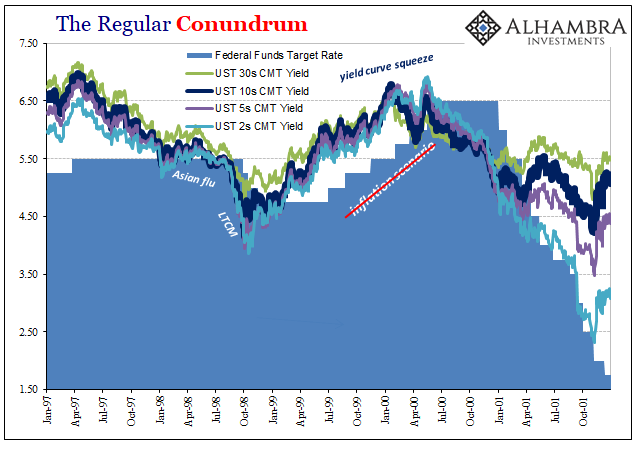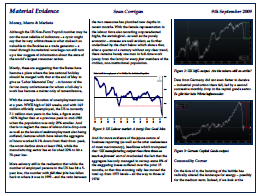On 29th September 2023, three days after the centenary of the end of Germany’s ‘passive resistance’ to France’s occupation of the Ruhr, The Cobden Centre reprinted Dr. Richard M. Ebeling’s article, The Great German and Austrian Inflations. This article is of great interest to a historian of the era because it reveals that Germany’s powerful 19th century Historical School had insisted that the country’s monetary system should be subservient to its wider interests.
Many people have been under the impression that Germany’s Great Inflation occurred because of its onerous war reparations payments. However, Ebeling asserts that all the former combatants, to various extents, printed money to pay for the First World War. Yet Germany and Austria’s inflations in the war’s aftermath, were paper money printing on a grand scale.
Inflation hastened the breakup of the Austrian Empire and caused distress in Austria itself in the early 1920s. However, in 1922 the League of Nations gave Austria a loan of 650 million crowns and its inflation was arrested.
Germany’s inflation however, accelerated after France’s troops occupied the Ruhr in 1923 and Germany adopted a policy of ‘passive resistance’ to France’s reparations demands. Ebeling gives a vivid demonstration of the German people’s suffering, when the price they paid for food leapt the minute they had paid for it, threatening imminent starvation.
At last, the German printing presses were brought to a halt when the country was on the precipice of ‘total disaster’. Ebeling concludes his article with the accepted view, that Germany’s recovery after its Great Inflation turned out to be an illusion. Germany paid its war reparations in the 1920s with help of borrowed money; when the American loans were no longer available in the Great Depression, unemployment soared, and the stage was set for Hitler.
Nevertheless, before relating the traditional interpretation of the history of the reparations, Ebeling reveals that the members of the German Historical School before the First World War had taught the ‘heroism of war’ and the superiority of the German people over other Europeans, as well as preaching that Germany’s monetary system should be a tool of government. It is worth investigating therefore, whether its savage inflation and subsequent deflation after the First World War were ‘subservient to the perceived wider interests of the German leadership,’ rather than the country being under the cosh of the Allies.
All the nations used inflation after the First World War to lessen their impossible to pay debts to their citizens. However, although most countries let their people keep some of their savings afterwards, Germany decided to eliminate its internal debts entirely, giving its powerful industrial base an economic advantage.
As early as November 1919 Lloyd George promised the Federation of British Industries that he would do everything in his power ‘to protect essential industries’ and he imposed a 30% tariff on low-priced German imports. Nevertheless, the depreciating price of the mark continued to hurt British industry and the Americans slapped a blanket tariff on all European goods after complaining about Germany exporting goods at ‘slaughter prices.’
Germany also wished to attract sympathy abroad over the size of its reparations bill by pointing to the German peoples’ suffering during France’s occupation of the Ruhr.
A third reason for Germany’s continued use of inflation, after its ‘passive resistance’ to France was abandoned in September 1923, seemed to be its industrial magnates desire to change their employees’ working conditions. Powerful coal and steel tycoon, Hugo Stinnes, owner of some 4800 concerns world-wide, wanted his coal miners to return to a ten-hour working day above ground and eight and half below, so he and his fellow coal magnates waited until the currency was absolutely, worthless, before threatening their penniless workers with a lockout if they did not accept working for longer hours at low wages.
Anti-Semitic rhetoric erupted at this difficult time in left-wing publications as well as on the Right. The eight-hour day had been a historic socialist goal finally gloriously achieved after the First World War. If one agrees with the 19th century German Historical Association that the German monetary system was a tool of government, one could conclude that the German coal magnates used it as a tool to achieve victory over their destitute miners in November 1923.
Stabilising a currency is always difficult, and the United States stepped in with the Dawes Plan reparations loan. Many Americans were of German extraction. They were horrified by the misery of their relations in their former homeland and determined that Germany would return to the Gold Standard and the family of nations. They therefore responded to a plea for Germany to receive more loans to secure the Dawes Plan agreement. Soon more American money arrived attracted by German high interest rates. The German populace remained poor, but their coal industry benefited massively from the British miners’ strike. Americans began to warm to their German cousins and view Germany as a bastion against Communism. The reparations were paid without problems, although not by recycling the American loans as is popularly supposed, but primarily by means of tariffs and payments in kind, which aided German industry but produced little ‘actual cash’ to pay for the restoration of France.
In the Great Depression Germany adopted a deflationary path. In June 1931 it suffered a banking crash. It then asked for a moratorium on its war reparations payments and ‘a standstill’ on most of its banking credits ‘expressed in foreign currency’. This was granted even though Germany had a strong industrial economy and the Reichsbank possessed gold and foreign currency reserves to cover 40% of the value of the notes in circulation. Nevertheless, millions were now unemployed, and the world had become less certain that Germany had been responsible for the Great War. Gradually outsiders came to believe that the Allies war reparations were causing all the misery in Germany. Meanwhile it continued with its deflationary path and unemployment soared until Hitler came to power.
There were many people who disliked democracy in Germany besides the followers of Hitler. If one agrees with the precept that Germany’s monetary system was subservient to the nation’s wider interests, the return to autocracy could have been one of its wider aspirations in adopting deflation during the Great Depression.
It is also noteworthy that even in 1931 Germany was threatening to renege, not only on the reparations, but also on its foreign debts. And the country did renege on them after Hitler came to power.
After the Second World War, naturally all this was swept under the carpet as the West had to confront the threat posed by Stalin. There has never been a good time to revisit the period again. Nevertheless, there are economic lessons for us from Germany’s Great inflation and subsequent deflation, which deserve wider scrutiny.
Many countries in South America seem to have tried to use inflation to rid themselves of their internal debts. Although it gives a temporary advantage to their industries, the Venezuelan example shows that it can lead to poverty, a mass exodus of impoverished embittered citizens and the impossibility of them ever managing to stabilise their currencies again without the friendship of a country like America.
The Great Depression has lessons for us too. After the Lehman crash American economist, Paul Krugman, became increasingly suspicious of Germany’s austerity policy. In his End this Depression Now, (2012) he declared: ‘While modern conventional wisdom links the rise of Hitler to the German hyperinflation of 1923, what actually brought him to power was the German depression of the early 1930s, a depression that was even more severe than that in the rest of Europe, thanks to the deflationary policies of Chancellor Heinrich Brüning.’
One many agree with Paul Krugman’s allegations against Germany after the Lehman crash. However, many will disagree. What is certain is that the whole question of Germany’s Great Inflation and the Great Depression needs revisiting so that we can learn the political and economic lessons for the future.



